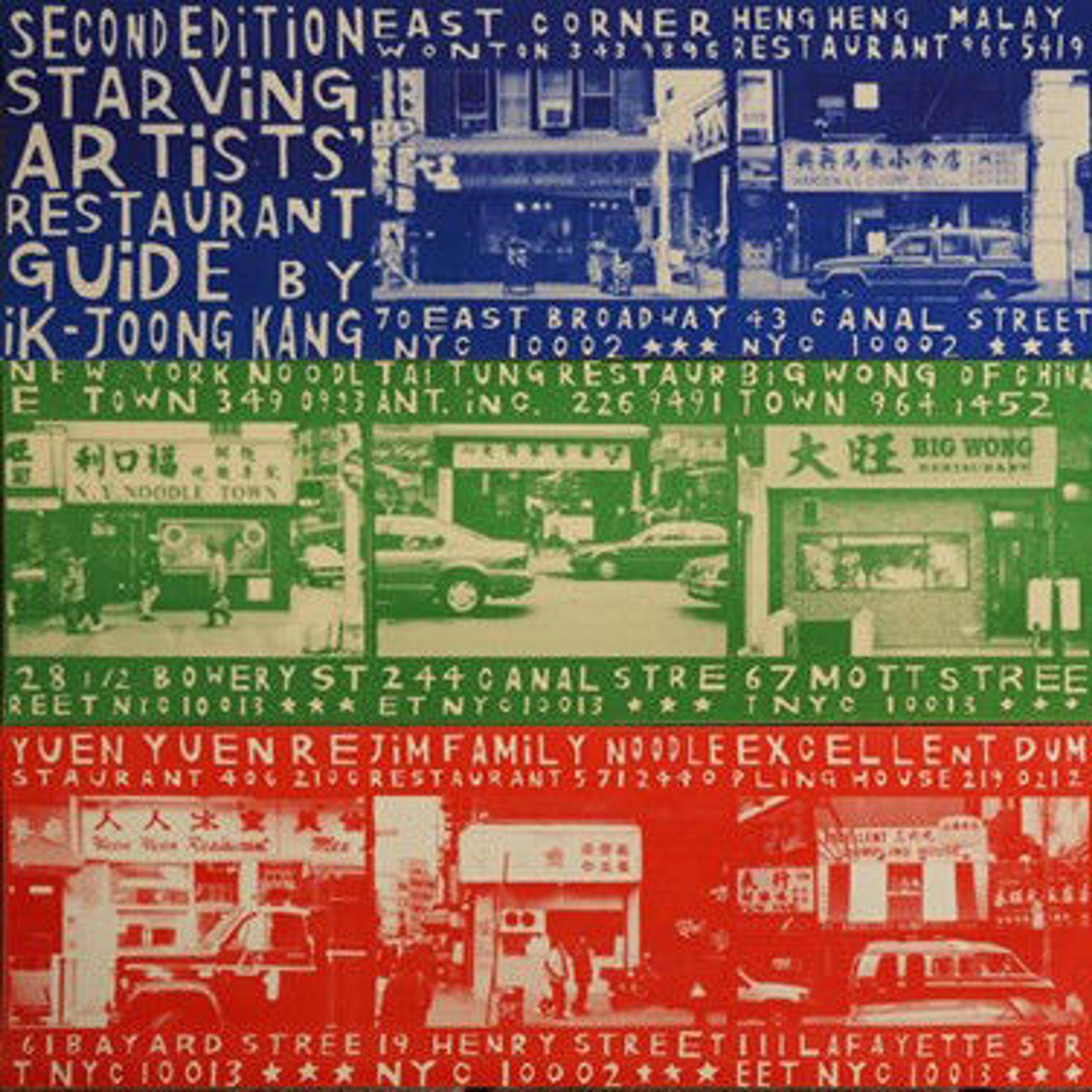This May, in recognition of Asian American and Pacific Islander Heritage Month, Watson Library is proud to share some of our collection that highlights a few of the many vibrant Chinatown neighborhoods across the United States. From San Francisco to New York, they are non-stop operations where the markets open early, the bars close late, and all five of your senses are guaranteed to be engaged. Chinatown has long been the first stop for new Asian immigrants to any American city, providing familiar comforts as well as easing people into a new version of life.

Ik-Joong Kang, Starving Artists’ Restaurant Guide (New York, 1998)
In 1906, a devastating earthquake and fire struck San Francisco and its Chinatown was almost lost entirely. However, a collection of photographs by artist Arnold Genthe survived, and in so doing saved the memory of the country’s original Chinatown. Although Genthe was not Asian American himself, his immersion in the community resulted in the only known images of San Francisco’s Chinatown before and during the natural disaster of 1906.

“The End of Old Chinatown” from Arnold Genthe, Old Chinatown: A Book of Pictures (Massachusetts: Plimpton Press, 1913)
In the foreword to Old Chinatown: A Book of Pictures, Will Irwin reminisces on San Francisco’s Chinatown, saying, “This was the real heart of San Francisco, this bit of the mystic, suggestive East, so modified by the West that it was neither Oriental nor yet Occidental—but just Chinatown.”
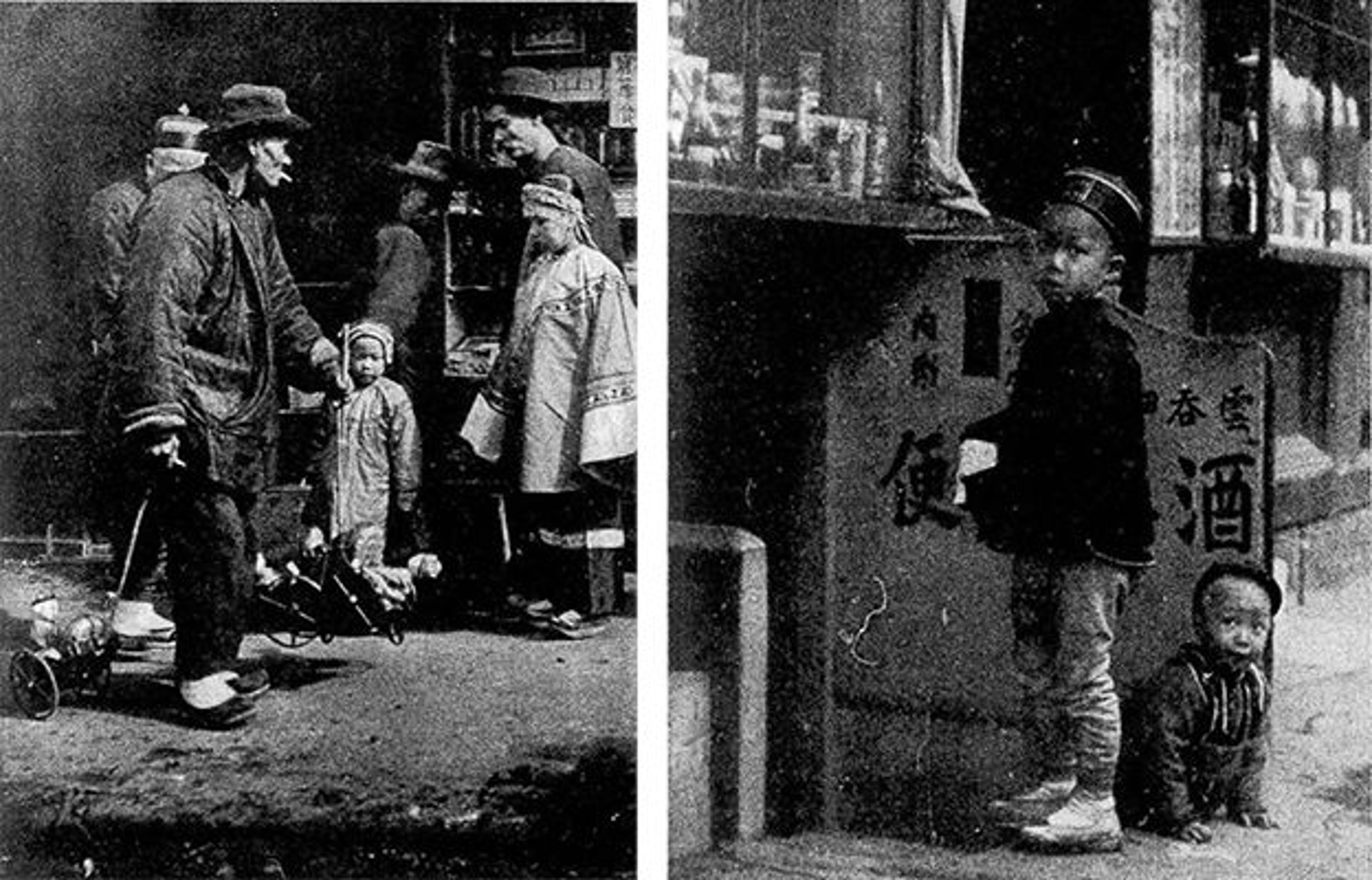
“Toy Vendor” (left) and “The Cellar Door” (right) from Arnold Genthe, Old Chinatown: A Book of Pictures (Massachusetts: Plimpton Press, 1912)
Today, Manhattan is home to the largest Chinatown in the country. After the Covid-19 pandemic reignited the xenophobic rhetoric that Asian-Americans have so long faced, photographer David Zheng began conducting portrait sessions in Chinatown as a way to reengage the community and boost morale after lockdown.
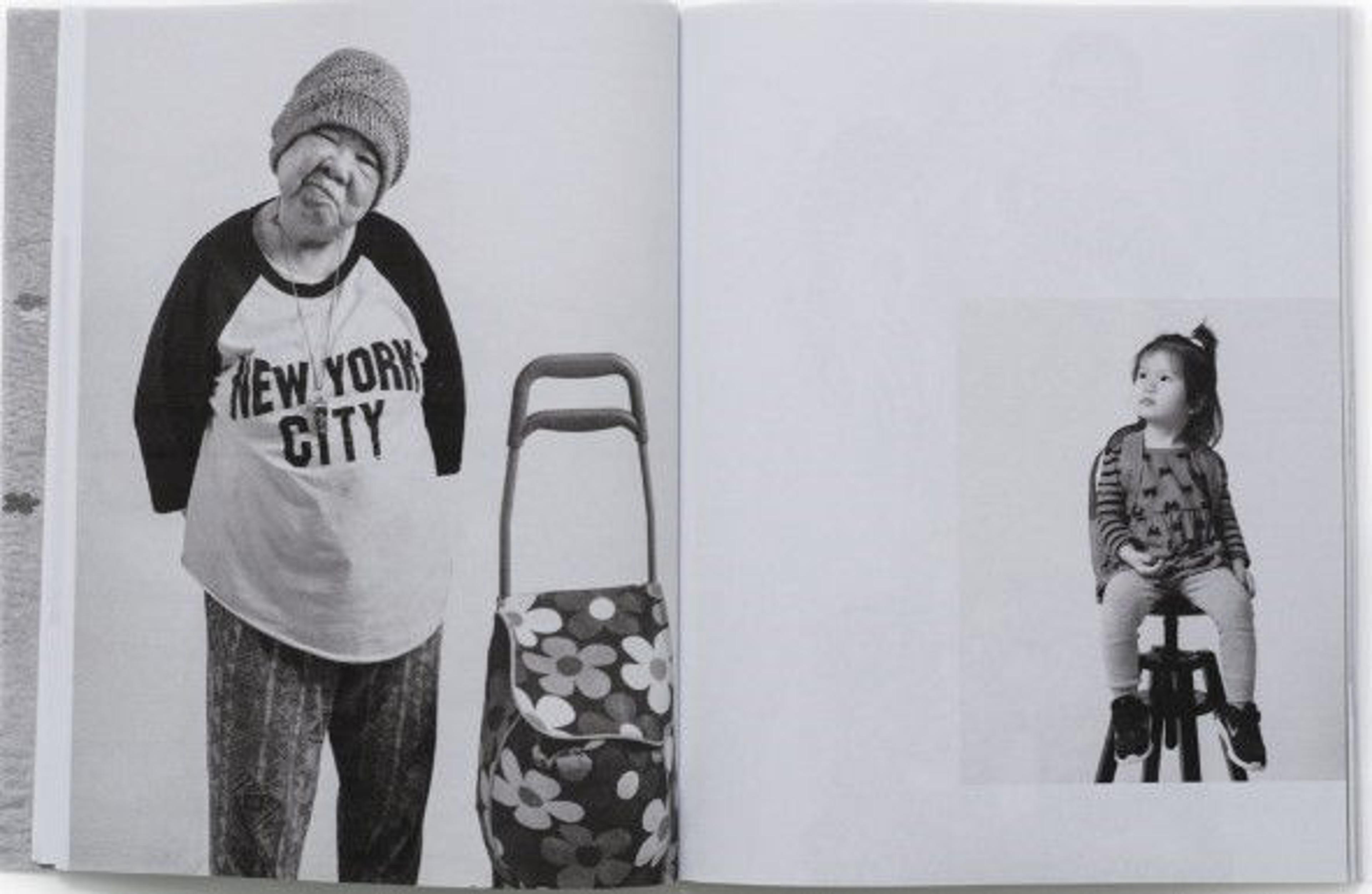
David Zheng, Some Chinatown Portraits (New York: David Zheng Studio, 2022)
The photographer George Lee has contributed greatly to the documented memory of the Chinatowns in Santa Cruz, California. Spanning from the early 1930s to the end of his life in 1998, Lee captured the essence of Chinese immigrants who were creating a new life for themselves.
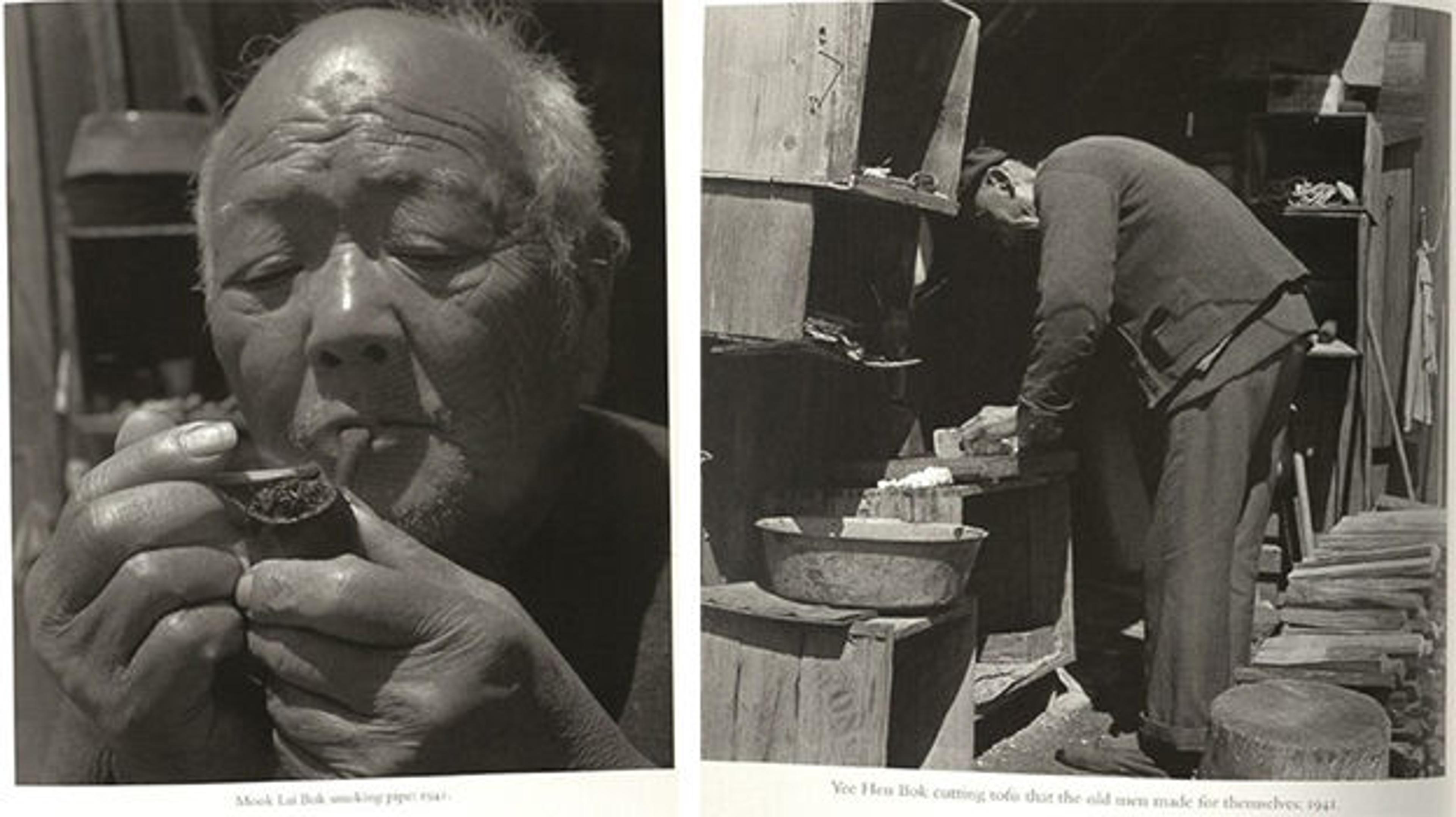
Geoffrey Dunn, Chinatown Dreams: The Life and Photographs of George Lee (California: Capitola Book Co., 2002)
In the latter half of the twentieth century, the Asian-American community also participated in the liberation movements of the era. After a century of systemic exclusion, Chinatowns took on a new role, functioning as a home for protests and social advocacy. Photographer Mary Uyematsu Kao documented this era.
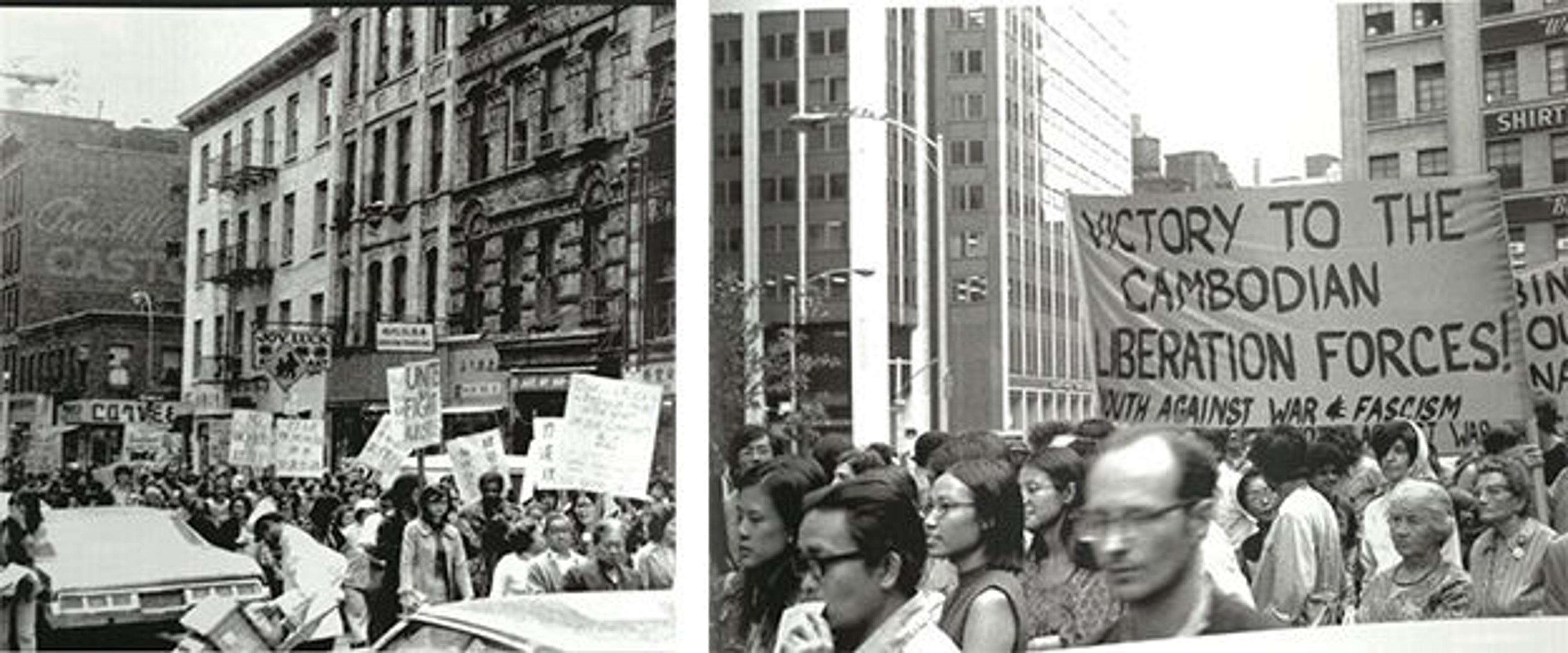
Mary Uyematsu Kao, Rockin’ the Boat: Flashbacks of the 1970s Asian Movement (California: UCLA Asian American Studies Center, 2020)
For more than a hundred years, Chinatowns have been an instrumental piece to the American puzzle. It is the home base for a creative, daring, and resilient community. They are places where tourists and locals alike venture to experience new food, cultural events, and shops. There are over fifty Chinatown districts across the United States, and each offers its own unique version of what it means to belong.
All the titles referenced in this post are available through Watson Library. Watson also offers an Asian American and Pacific Islander Index, which has compiled over 900 AAPI artists that are included in Watson Library’s collection.
